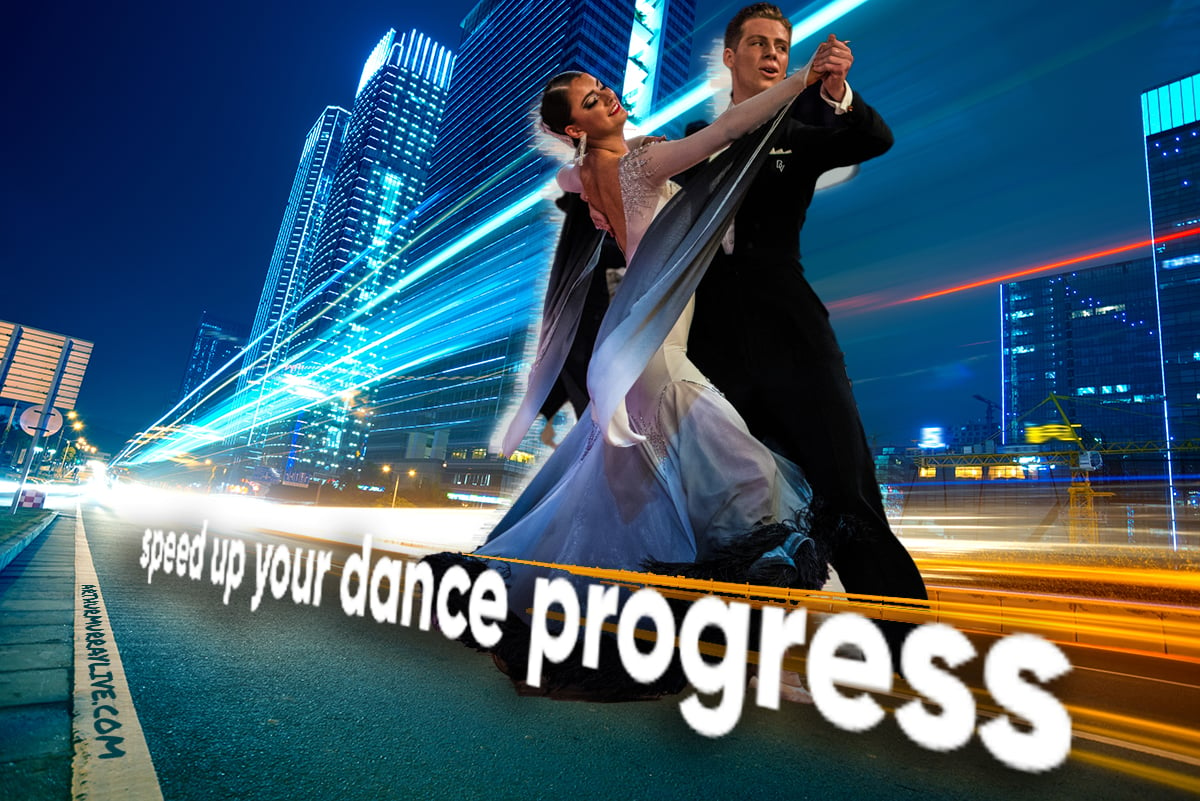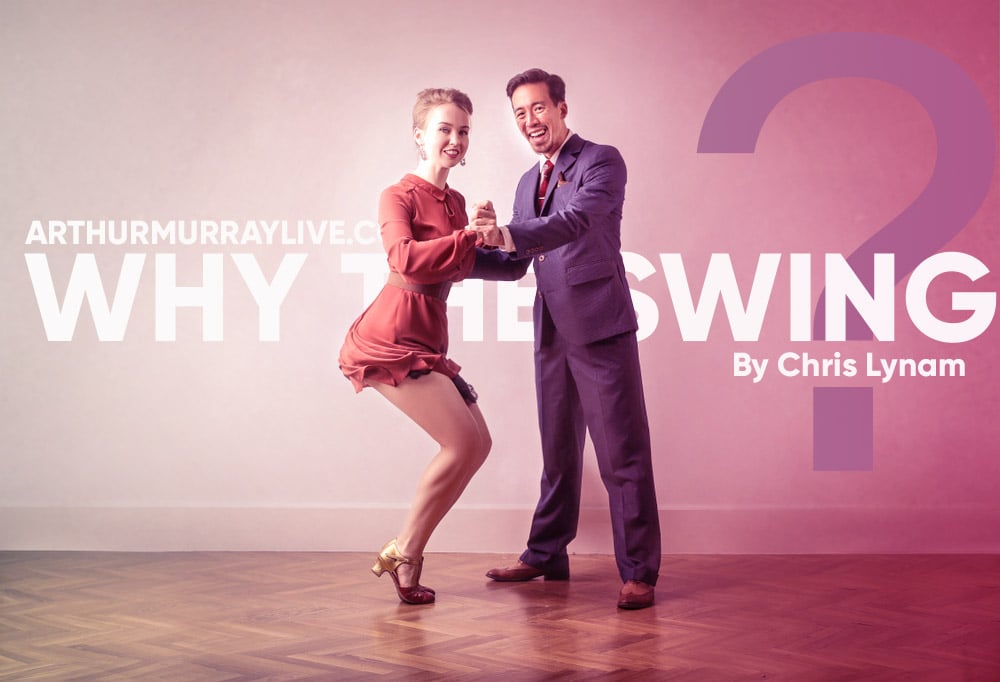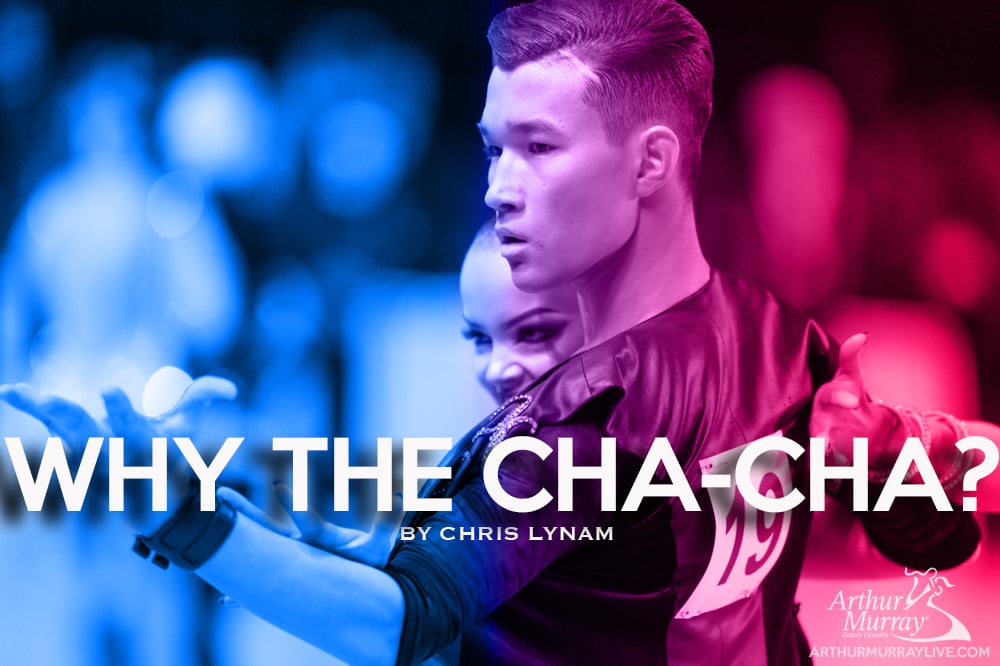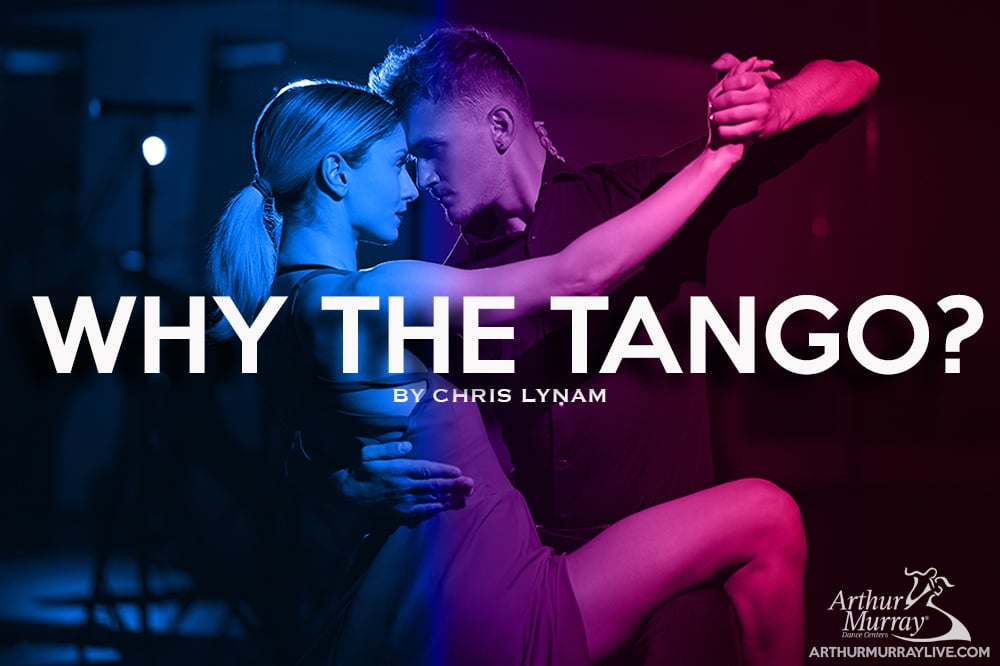Great Tips for Bad Timing in Ballroom Dancing
If Ballroom Dancing was a good looking person, then timing problems would be bad breath.
Even if your dancing looks good, poor timing can mask that progress. But what's the point of pointing out someone's problem if you don't have a solution to fix it?
Consider this as part of the solution.
Why Read This Article?
Too often, people have been giving out the advice of "just feel the music" or "just watch me" to those that struggle with timing. Maybe you've heard it, believed it, or even given it out, but continuing with the bad breath comparison, this would be like telling someone to just "have better breath" or "smell my breath" as a solution.
Wrong.
A solution should be something more than that. Tips should be actionable, specific, and have a little more depth than the mystical realm of feeling something that you hear.

So if your timing was bad breath, then consider this article some mouthwash.
Take Control of Your Ballroom Dance Timing with These 3 Tips
In this article, we'll start with three dances that will help you understand Timing, Tempo, and Rhythm.
1. Turn Up the Merengue
You can despise this dance, and it doesn't matter. This dance (which really is a lot of fun) is a multi-vitamin for your timing. So since you're not chewing those Vitamin horse pills you take every morning with a smile, you still take them because of the value they provide.
Same thing with Merengue.
How it works:
Merengue is a dance where you march to every beat of the music. This mean that you don't have to do anything fancy from a timing standpoint, you just march.
Miss the first beat? No problem, start marching anytime you want.
What the Merengue Adds:
Merengue helps you establish your recognition of Tempo, establishes Timing, and creates the baseline for Rhythm.

2. Go Crazy With Waltz
Let's get weird, shall we? Waltz is the Merengue of ballroom dancing (cue the offended fancy people in tail suits and ballgowns).
How it Works:
Remember the allure of Merengue? Hint: You can step on every beat of the music. Well, the same thing applies to the Waltz. While this may seem like the wine pairing equivalent of a Bordeaux with Curly Fries from Jack in the Box, the two are actually a perfect match.
What the Waltz Adds:
In addition to the constant and steady tempo of "1-2-3, 4-5-6" in the Waltz, this dance also allows you to practice different rhythms to develop recognition, from an auditory standpoint, and control, from a physical standpoint.
You can do this using Hesitation Steps - 1 Step for 3 Counts
Combining this pattern with the consistent foot placement of a box step will help both your ear for the music, and your control of your movement.

3. Tell the Story of Tango
The Tango is a dramatic dance that tells a story. So it's natural for the basic step to have great grammar.
How it Works:
It's easy to get lost trying to find one certain, specific beat of the music to start on. It can feel a little like merging onto a busy freeway, or assessing the danger of joining into a jump rope session of Double Dutch.
But the Tango is a different story.
The music is laid out like a sentence. There's a capital letter, or strong emphasis at the beginning of the "sentence", and things, seemingly, come to a halt at the end of the eighth count - like a period.
The result is a predictable, and therefore, repeatable timing. The 8 counts of the Tango Basic fit perfectly with the sentence-like music.
What the Tango Adds
Tango is one of the best dances to not only acquire the skill for knowing when to start, but it also creates a template to follow when the music, and sentence, becomes more subtle. The end result is a more confident dancer overall.
Final Thought
Timing isn't something one can master by only reading about it, but reading about it is much better than assuming it is something you're incapable of having.
Timing, rhythm, and tempo are all skills that are taught, learned, and will develop. While we can't jam pack every timing lesson into one article, or replace the supervised physical application of the information, consider this the first of a series in the ongoing battle against bad timing, the perception of bad timing...
... and any unsolicited "just feel the music" dreaded advice about timing.
If you loved this article, we'd love to invite you to subscribe to Arthur Murray Live. We'll send you one email, once a week, with all of our best dance articles.
![]()
























